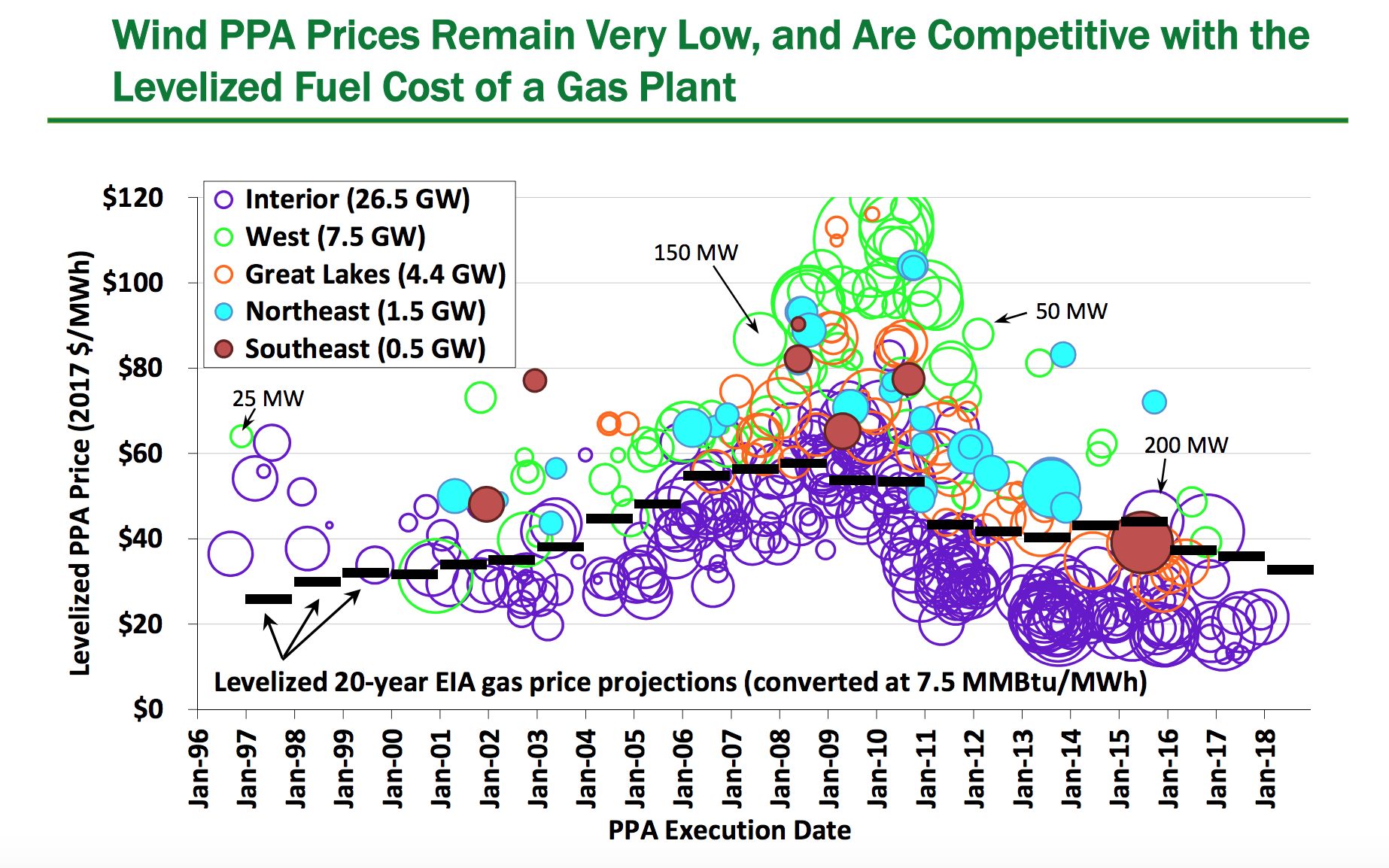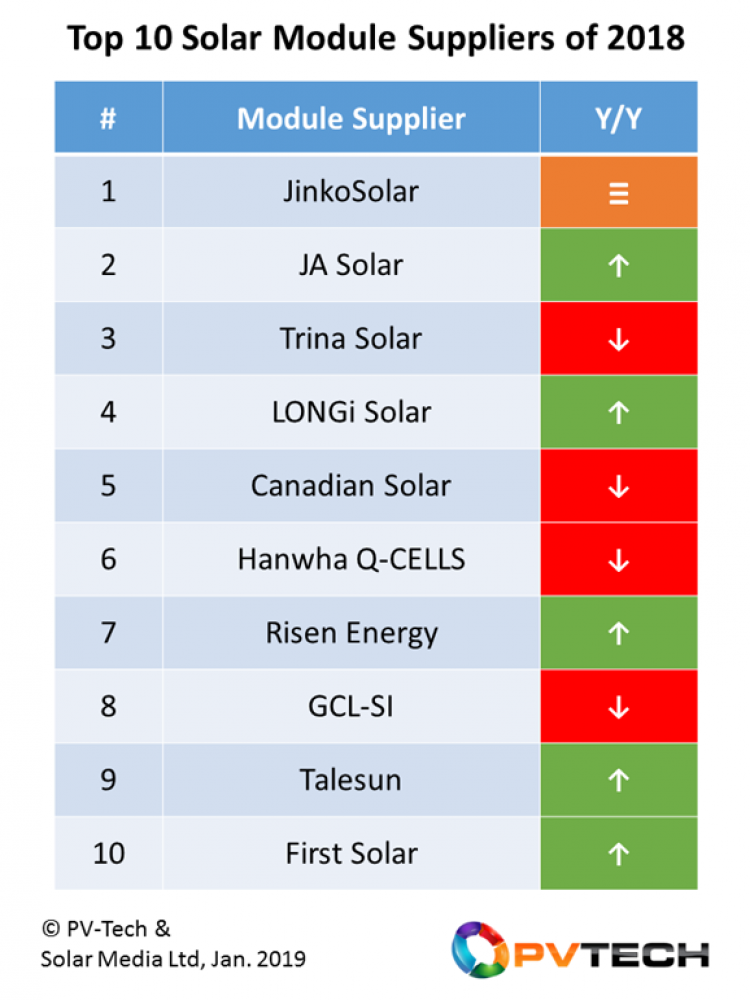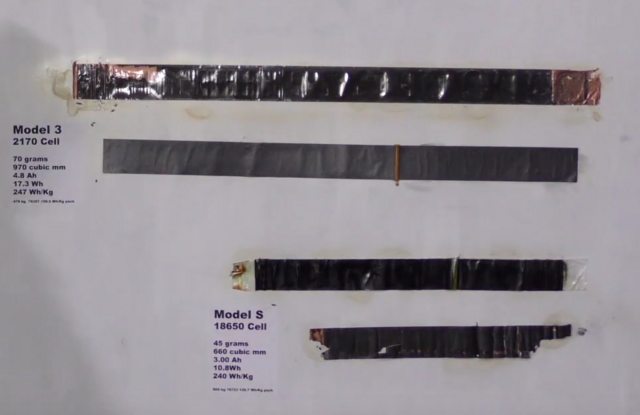

The two most important concepts here are: that anything unsustainable will end and that energy costs change: with new technologies, renewable energy is always getting cheaper: for example, photovoltaic panels have dropped from USD 75.0 to below USD 0.10 per peak Watt at wholesale and are always getting cheaper whilst petroleum is getting more expensive, environmentally costly and would be even more expensive if Carbon Dioxide pollution was taxed and if conventional fuels were not so heavily subsidised. An often forgotten large source of greenhouse gases is wildfires which needs careful responses that still allow timber to be used without harming fragile ecologies. White rot fungal peroxidase enzyme ended the geological Carboniferous age so leaving wood to rot does not help reduce greenhouse gases. According to this academic study, decades of gradual efficiency improvements followed by recent heavy manufacturing investment in Chinese Silicon solar PV explains most of why solar PV is so cheap now. Now the costs involved in installation and conversion from solar DC to mains AC power now are greater than the price of the PV electricity generators themselves. It appears that Germany was responsible for trying to kick-start the entire World's photovoltaic expansion from around 2008. One would have thought that The USA would, for its own selfish reasons (to avoid wars and Iranian oil, and to get clean reliable energy supplies) or for altruism and leadership be the one country that would pioneer solar power expansion but in 2011, it was nowhere and Germany was the example to follow and the country with a green conscience (as well as bankrolling European social programmes). Looking back on the last decade, it is amazing to see how solar panels have become both cheaper and better. Solar Power is already half the price of retail electricity in countries like The Philippines or only 25% of the price of diesel generation on an isolated Philippine Island but the Philippines government and electricity regulators are limiting the installation of rooftop solar and encouraging high electricity prices, high taxes and the import of fossil fuels according to this report by Sara Ahmed and the IEEFA. By 2019, The United States and eight other countries were being sold solar electricity below 2.5 US Cents per Kilowatt hour from grid-scale solar power stations.
Do notice that retail prices for electricity are very different from wholesale (often 2 or 3 times the price of the direct generation) but when you put solar panels on your roof, you avoid all the government duties, surcharges and also the corporate costs of advertising, billing, distributing and the energy company profits included in selling electricity. Go green for selfish reasons ! Way back in January 2009, my electricity bill from ENECO showed that I was paying 0.2385 Euros per KWh in the Netherlands at retail. That rate was more than the industrial wholesale price of solar electricity at that time and many times the 0.04 British Pounds per KWh of British wholesale windpower then. Solar PV panel costs can be tracked at Solar Server Germany, or PV Magazine Windpower is always cheap because it is has no fuel cost, no reason not to run and because it cannot be delivered on request and is inconsistent even if it is predictable. Even UK offshore wind prices have dropped dramatically with bids in 2017 well below the cost of new nuclear power and below grid prices in 2019..
Also, geothermal energy keeps getting cheaper and solar thermal with storage too. Biofuels worth depends very much on the details but biogas from anaerobic fermenters seems to be cheap, easy and prevents dangerous methane escaping. Nuclear power from Thorium seems like a great idea which no one investigated because it does not make nuclear bombs as a byproduct which is actually the reason most countries got into nuclear power from Uranium. Unfortunately, nuclear power always has long development times, large capital costs, and cleanup and insurance costs that are hidden or underwritten by the tax-payer and they keep producing energy at night when demand is low. Photo-voltaic panels on your roof in a sunny spot have been cheaper than new nuclear power for a long time. Exploding nuclear reactors in Japan will not help the nuclear industry image but one could argue that bad design and poor situational awareness (they could not tell if a valve was open) caused the USA 3-Mile Island meltdown, a total disregard for safety caused Chernobyl (no pressure vessel), and that Japan's 40-year old reactor designs, placed on an earthquake fault lines next to Tsunami-prone coast was somewhat silly but decidedly daft when one learns that they generally explode within a few days once their electricity supply is cut-off - as tends to happen after earthquakes and tsunamis in Japan! An unlucky leader might have said: My Kingdom for a few solar panels or a working diesel generator. The Japanese geologists had told their government that it was possible for a tsunami to be over a metre higher than the existing wall and they put the backup diesel generators below sea level but put the spent nuclear fuel rods in high level ponds ! It makes me wonder if there was any functioning safety review when fukushima nuclear power stations were designed. Next time they should put their reactors very near a volcano for extra excitement. Britain has decided to build two huge new nuclear reactors but the price for the electricity is guaranteed for 30 years to be double the current price of UK wholesale electricity! It obviously makes no economic sense except that Britain is not reliably sunny, windy or even wet so if Britain wants to behave responsibly and cut its Carbon Dioxide emissions then letting the French and Chinese build nuclear power in England suddenly becomes the least bad option apparently. The biggest problem is that all the other reactors of this type are very late, over budget and take 10 years to build at least whilst a renewable energy alternative would be cheaper and could be up and running 9 years earlier. Unfortunately, the next two latest-generation nuclear power stations that were to be built in the UK by the Japanese companies Hitachi and Toshiba have been cancelled or suspended already so the UK has a predicted energy shortfall so we are also building extra DC connectors for multiple GW of power to come directly under the sea from Norway, Belgium and more from France and Netherlands. The clever Dutch have suggested that Doggerland should rise again above the waves of the shallow North Sea and together with the UK build more interconnectors and wind turbines to generate, collect and distrubute electricity across all of Europe. Only non-voting dolphins live nearby so it could be a very efficient way to help make renewable electricity work more reliably across Europe.
The elephant in the corner that no one normally talks about but featured in the sharpest rising graph in Al Gore's Inconvenient Truth movie is human population size. I support Camfed as my favourite charity because it educates women in Africa which is noble and directly positive for humanitarian reasons but indirectly too because education of women lowers fecundity across all cultures and countries. Also, if our homes and machines become more efficient, and if there are fewer of us, then there is less energy needed overall so the renewable component of energy utilisation can become a larger proportion of the total for the same level of new investment.

2019 was the greatest year ever for renewable energy as offshore wind prices for Dogger Bank in the UK North Sea fell dramatically to below half the cost of nuclear power and solar panel prices continued falling after the huge 25% drop in 2018. Renewable energy became cheaper than other forms of electricty generation back in 2016. Solar Module Prices rose in 2021 as material costs rose rapidly. Overall, nuclear became slower to develop and more expensive, solar became cheaper faster than anyone expected (thanks to the Germans buying and Chinese building), geothermal is small outside Iceland, biofuels really struggled against cheap gas and oil but windpower was cheap, became cheaper and grew everywhere even in the UK which had the Worlds first industrial revolution thanks to many coal deposits so renewable energy supplied more electricity than coal in 2015! Britain closed its last deep coal mine in 2015. The greatest reduction in carbon emissions in Britain came from Drax power station converting all but two boilers from coal to wood waste cofiring but then the British government removed subsidies and the share price of Drax halved. In December 2021, Drax saved the UK from blackouts and extreme electricity prices as President Putin of Russia slowed gas supplies to Europe causing gas prices to rise five-fold at the very time when Germany was turning off two new nuclear power stations, declining to allow Russia to supply gas directly through Nordstream2 pipeline, as multiple French nuclear power stations were closed for repairs and the largest French grid interconnector mysteriously blew up. Luckily Norway turned on its own UK interconnector (longest in the World) and UK Winter has been windy.
Technological development has been fascinating and obviously difficult to predict. The best way to understand what failed and what may yet succeed is to follow Vinod Khoslas investments where most have failed or given low returns. Vinod Khosla is one of the smartest and most long-term focussed financial wizards in the whole World so the massive price changes like shale gas are obviously hard to predict and so are proper Black Swans flying in from far outside any one scientists domain of expertise. Vinod lost money on biofuels and made money on Sakti3 developing clever Lithium batteries without the flammable bits. The big news in 2015 was that because renewable costs fell so fast and because storage is becoming cheap and practical, the Worlds governments all agreed to limit or reduce their Carbon Dioxide emissions. Big thanks to Denmark for pushing wind turbine development and Germany for solar subsidies! In the decade to 2019, solar PV costs have dropped over 85% but the fall in costs may stall this year. Technology keeps improving and in 2020 Oxord PV in the UK is building a new solar panel factory targetting panels with a 30% energy conversion efficiency via Perovskite on Silicon heterojuction dual-spectrum absorption cell.




| Personal Home Page | Green transport | Electric Bicycles | Batteries | Renewable Energy | Filsolar.com |